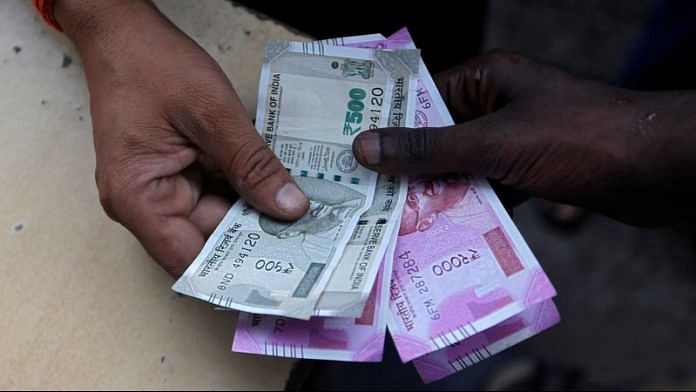The Pension Fund Regulatory and Development Authority of India recently announced the Minimum Assured Return Scheme under the National Pension Scheme. The exact rate of guaranteed return is still being decided. MARS will be offered to all government employees after approval from the Union government. Assured returns may give a degree of comfort and perhaps increase confidence in the NPS. However, guarantees come at a cost. The price we pay for safety is high.
A defined contribution pension fund is a pass-through intermediary. It invests contributions based on the member’s choice of scheme. For withdrawals, it redeems units at the current rate and passes money back to the member. There is no risk of solvency in this setup. But all this changes with a guarantee. The pension fund now has to manage contributions in such a way that if returns fall below the guarantee, it makes up for the shortfall. This has two effects.
First, the schemes it offers will have to be more conservative, as it doesn’t want to risk losing money in a downturn. This will limit the upside. The member may now not get returns below a threshold, but they are unlikely to get too much above it either. There is a trade-off between how much protection one wants versus the value of pension at retirement. The more we protect the downside, the lower the final value of the pension. If the growth story of India unfolds, letting go of the upside will be a huge cost.
Second, pension funds will have to retain some reserves so that they do not go bust. In fact, the introduction of the guarantee has been delayed because the Pension Fund Regulatory and Development Authority (PFRDA) is yet to arrive at the revised capital requirements for pension funds. Higher capital requirements will imply an increase in the fees that are charged to members. This further dampens the returns that may be possible. Solvency risk is a serious concern with funds that provide guaranteed returns. The guarantee actually introduces a risk that did not exist before.
Also read: Pension or tension scheme? Restoration of OPS will lead to fiscal instability
NPS implementation
It is useful to step back and understand how certain choices regarding the NPS may have led to the demand for guaranteed returns. This was the original idea behind the NPS: Pension funds would offer three broad schemes with varying degrees of equity exposure. Members would choose the scheme and how much to allocate to each. A person who doesn’t mind market risk would choose a scheme with high equity exposure. Someone who doesn’t appreciate risk would choose a scheme that largely invests in government bonds. This design helps to keep costs low, which translates to higher returns. But it also means that people retiring in similar positions may end up having very different pension outcomes based on the investment choices they make.
This simple structure of the NPS was gradually diluted over the years. Government employees were not given the choice of schemes, perhaps because authorities feared equities, members could be financially illiterate, or those different pension outcomes were considered unacceptable. Their contributions were invested in the three public sector fund managers with an 85 per cent allocation to bonds and up to 15 per cent allocation to equity. Even though the returns delivered by the NPS have been higher than most other similar funds, they could have been higher had there been more investment in equities. It is important for us to evaluate the impact of these conservative investment choices on the performance of the scheme for government employees and how this may also have played into the demand for guaranteed returns.
The guarantee also raises other challenges for the NPS design. How are the guarantees going to be paid for — through upfront costs, deduction on the surplus above the guaranteed amount, or something else? Will members be allowed to switch between schemes of different fund managers if they choose the guaranteed return product? We will have to wait for more clarity on the scheme design before these can be addressed.
Also read: SubscriberWrites: Implementation of old pensions scheme in Maharashtra crucial political move
The desire for guaranteed returns
The PFRDA must know the cost of providing a guarantee. And yet, the PFRDA Act 2021 compels the authority to require pension funds to offer one. This takes us to the larger question of the demand for guaranteed returns.
When there is a lot of background risk in life — whether it is labour income or health — people become risk-averse about their finances. When customers lose money through fraud by either unregulated or regulated market products, it becomes difficult to distinguish between fraud risk and market risk. Consumers in India have also been accustomed to guaranteed returns through government-run schemes starting from the Old Pension Scheme, small savings schemes, public provident fund, or even the Employees Provident Fund.
High guaranteed returns are possible only when all tax-payers finance a tiny fraction of the workforce as is the case with the Old Pension Scheme. When the number of beneficiaries is larger — as is the case with small savings schemes or the public provident fund — guarantees reduce the effective rates of return. As NPS subscribers will also soon realise, there is no free lunch.
Renuka Sane is research director at Trustbridge, which works on improving the rule of law for better economic outcomes for India. Views are personal.
(Edited by Humra Laeeq)



